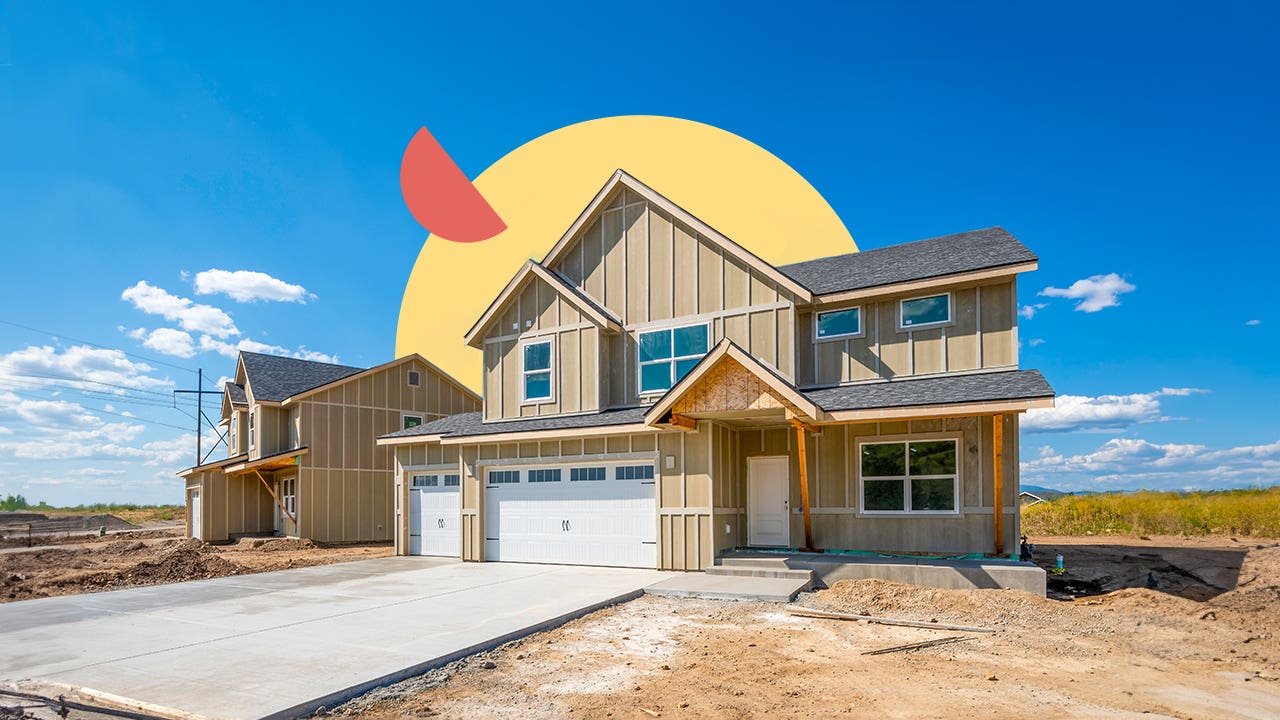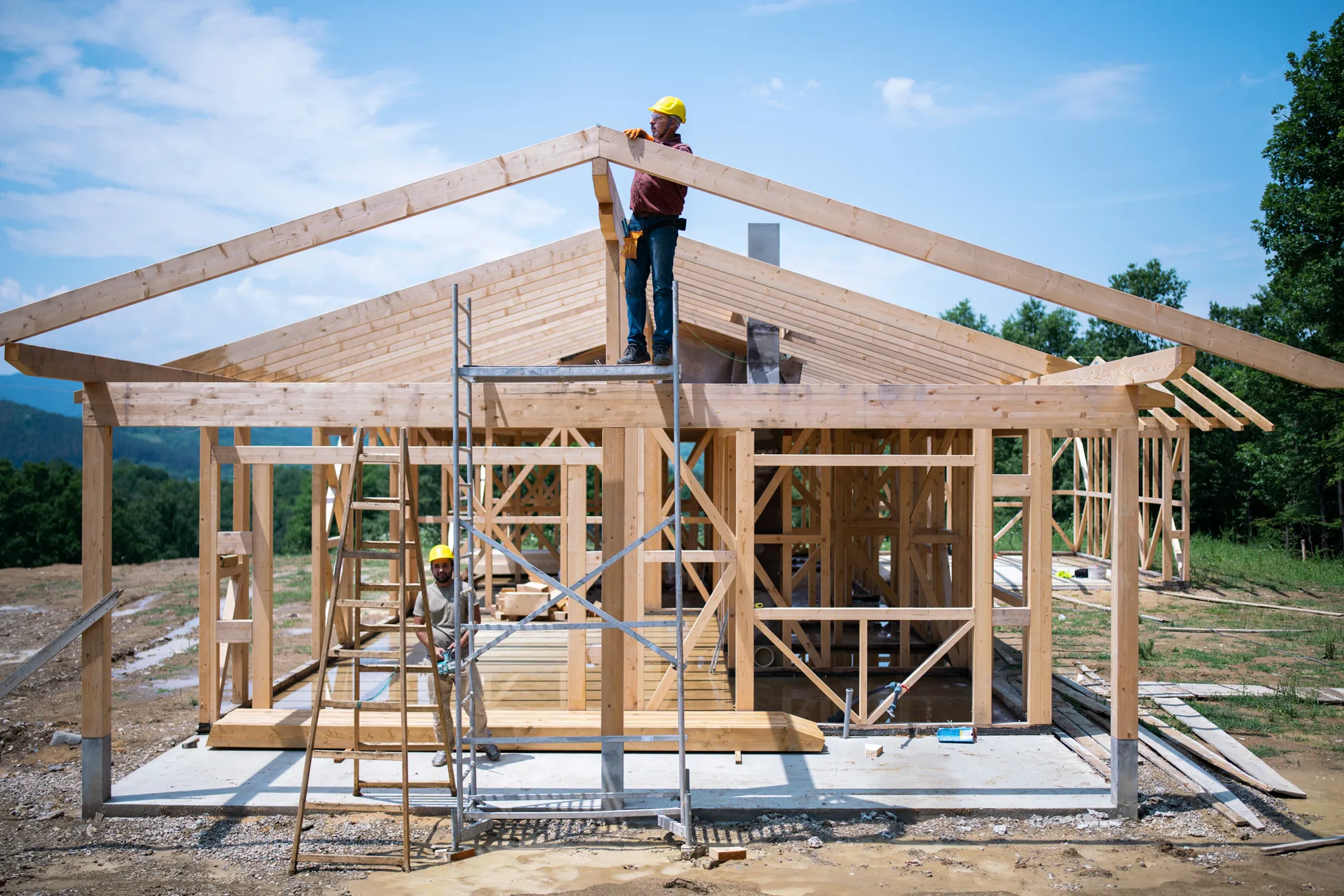How a General Professional Can Transform Your Typical Areas Into Useful Rooms
The makeover of common locations into useful areas is a nuanced procedure that calls for a basic professional's proficiency in analyzing specific neighborhood needs and developing customized services. By taking into consideration factors such as layout, accessibility, and visual charm, a service provider can create atmospheres that not only offer practical purposes however also foster area involvement.
Assessing Current Common Area Requirements
When reviewing typical locations, it is necessary to determine and understand the details requirements of the neighborhood they serve. This process starts with an extensive evaluation of present usage patterns, which entails gathering data on foot traffic, top use times, and tasks happening within these spaces. Engaging with community members through studies or meetings can provide important insights into their preferences and challenges.
Next, it is necessary to think about the market structure of the neighborhood, including age, lifestyle, and any type of unique requirements that may affect how these spaces are utilized. Family members with young children may require play locations, while older grownups may focus on access attributes.
Furthermore, examining the existing infrastructure and features is vital. Determining areas that are underutilized or in demand of repair can educate prospective enhancements. Collaborating with stakeholders, such as building managers and regional companies, ensures that the analysis shows an extensive understanding of the area's demands.
Inevitably, a precise evaluation of existing usual location needs lays the foundation for efficient changes, permitting for the production of areas that cultivate interaction and boost the total high quality of life within the area.
Designing for Functionality and Looks
An extensive understanding of area needs sets the stage for effective layout that balances performance and appearances alike areas. Successful layout requires a thoughtful strategy that thinks about both the practical uses of the room and the aesthetic allure that enhances the setting.
Functional style involves producing rooms that cater to the certain tasks and interactions of the neighborhood. This could consist of flexible seating setups for gatherings, easily accessible paths for people with movement obstacles, or marked areas for recreational activities. Each element must serve a function while making sure convenience of movement and comfort for users.
Appearances play an essential duty in cultivating an inviting ambience. The selection of colors, products, and illumination can significantly impact the perception of a space. Incorporating natural elements, such as greenery or water functions, can improve the atmosphere and produce a soothing atmosphere. Furthermore, lining up the style with the neighborhood's social identification can promote a sense of belonging and pride.
Budgeting and Resource Allotment
Effective budgeting and source appropriation are crucial parts in the effective change of common locations. A well-defined budget lays out the economic specifications within which the project must operate, making sure that costs are controlled and resources are properly used. This starts with a thorough evaluation of task requirements, including style aspects, materials, and labor.

A basic service provider plays a vital function in this phase, collaborating with stakeholders to develop sensible budget quotes that align with the intended vision. By focusing on necessary features and exploring cost-efficient options, the contractor can enhance investing without jeopardizing quality.
Source allocation involves tactically assigning workers, equipment, and products to different stages of the project (Carmel Indiana General Contractor). This requires cautious planning to ensure and avoid hold-ups that each element is supplied on schedule. In addition, regular surveillance of expenditures against the budget plan aids to determine useful site possible overruns early, permitting timely changes
Taking Care Of Building Refine Efficiently
Managing the building and construction procedure efficiently is important for accomplishing prompt task completion and keeping spending plan integrity. A well-coordinated approach involves meticulous preparation, clear interaction, and efficient resource administration. General service providers must establish a comprehensive job timeline that describes each phase of building and construction, permitting the recognition of prospective bottlenecks and crucial milestones.
Normal development meetings are essential for maintaining all stakeholders educated and aligned. These conferences assist in the timely resolution of issues, making sure that the job stays on track. Additionally, making use of task administration software application can improve communication, track progression, and handle documentation, reducing the likelihood of misconceptions and delays.
Efficient resource appropriation is likewise paramount. By making certain that products, labor, and devices are readily available when needed, basic service providers can avoid costly disturbances. Executing a positive technique to run the risk of administration further enhances effectiveness, as it allows for the recognition and reduction of potential obstacles before they intensify.

Ensuring Conformity and Top Quality Specifications
Compliance and quality criteria are fundamental to the success of any kind of construction task, ensuring that the completed spaces not just meet client expectations yet also comply with regulatory demands. A basic professional plays a crucial role in implementing these criteria throughout the construction process.
First, it is necessary for the professional to stay updated on regional look at here building codes, security laws, and sector best methods. This expertise allows them to lead design options and product selections that line up with compliance requirements. Routine assessments and top quality evaluations during the building phase help to identify possible issues early, reducing pricey hold-ups and rework.
Moreover, a trustworthy basic professional cultivates a society of high quality among employees and subcontractors. This can be attained by supplying training on conformity procedures and carrying out stringent quality assurance actions. By developing clear communication channels, the service provider can ensure that everyone entailed comprehends their obligations regarding compliance and top quality.
Conclusion
To conclude, the function of a basic professional in look at here changing typical areas right into useful spaces is pivotal. Via a detailed assessment of neighborhood requirements, thoughtful style, careful budgeting, and efficient job monitoring, these experts can create environments that enhance use and aesthetic allure. Adherence to compliance and high quality requirements further makes sure that revitalized rooms not just satisfy the assumptions of stakeholders however additionally foster engagement and enrich the overall experience for all individuals within the area.
The makeover of typical locations into functional areas is a nuanced process that requires a general contractor's expertise in analyzing details neighborhood demands and designing customized services. By taking into consideration elements such as design, accessibility, and aesthetic charm, a contractor can produce settings that not just serve functional purposes however additionally foster area engagement. General contractors need to develop a detailed project timeline that describes each stage of construction, allowing for the identification of potential bottlenecks and vital turning points.
